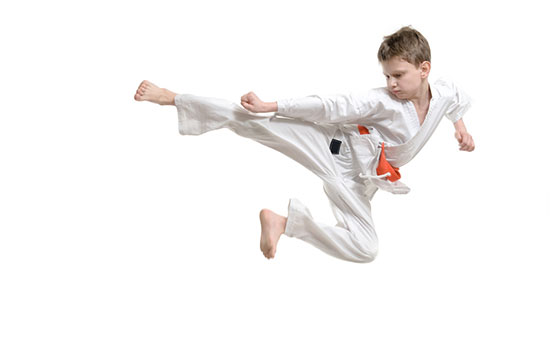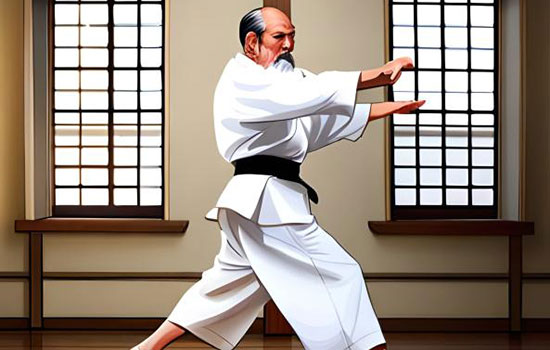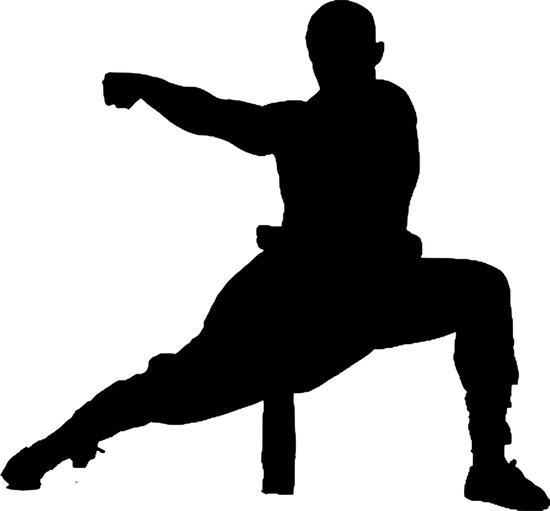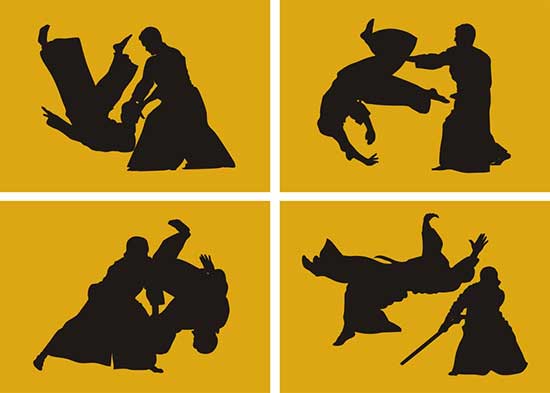Aikido is a Japanese martial art that emphasizes unity, harmony, and non-resistance. It teaches practitioners how to use an attacker’s energy against them, rather than relying on brute force.
As with many martial arts, Aikido uses belts to signify rank and progression.
We’ll cover everything you need to know about Aikido belts – from what they represent, to the ranking system used across different organizations.
Contents
What are Aikido Belts?
Belts in Aikido signify rank and progression within the art. Starting from the white belt (the lowest level), practitioners work their way up through different colored belts until they reach the black belt (the highest level).
It’s worth noting that each organization may have slightly different requirements for each belt level – so it’s important to check with your instructor or governing body.
White Belt
The white belt is the starting point for all beginners in Aikido. It represents innocence and ignorance of the art’s techniques.
Without any prior knowledge or experience of Aikido, someone starts as a complete beginner at this level.
Yellow Belt
Once someone has grasped some fundamentals of Aikido training, they can progress onto yellow-belt status demonstrating basic techniques such as break-falls along with basic techniques of Tenkan movement(180-degree pivot).
Orange Belt
Orange-belt symbolizes novice/mid-level practitioner and denotes improved competency in foundational skills like ukemi (falling safely). They work smarter not harder still low-kyu levels
Green Belt
Green belt signifies more advanced competency in fundamentals over time through persistence dedication & commitment; emphasis on kihon Waza becomes relevant during practicing a technique where one learns to find faults ironed out while enhancing balance posture footwork distance & Ma-ai(kamae)
Blue Belt
The practitioner should be displaying notable technique and mental readiness for advancement at this stage—progressing in complexities and understanding both receptively and expressively.
Prerequisites are believed to be achieved in flowing, moving from the overall coordination with the dynamic whole of body movements.
Purple Belt
Purple-belt represents advanced level status showing a professional skill set with high intellect & proficiency level; he/she has used their techniques to analyze real-life situations where multiple attackers come.
Developing a comfort zone is important before going through those more complex attacks.
Brown Belt
There are three types of brown belts: first (senior), second (full), and third (lateral). At this stage, techniques become seamless – ingrained into the practitioner’s subconsciousness – clarity becomes natural and instinctual for them.
Black Belt
The coveted black belt is an achievement that takes years of training and dedication. It signifies expertise as a teacher and can only be granted by recognized Aikido organizations following rigorous scrutiny by observing others’ certain requirements like taking part in teaching giving lessons learning new things necessary about martial art philosophy ethics moral codes honor discipline etc.
Ranking Method Across Different Organizations
Different organizations may use different ranking methods but almost every major organization follows similar color-coding patterns to signify rank progression based on their criteria structured accordingly and closely monitored under master guidance evaluating distance traveled & learning curve that determines one’s future promotions.
Conclusion
Aikido Belts represent more than just progress within an organization – it also reflects personal growth, commitment, dedication, perseverance, discipline humility along maturity developed mental & physical tune-up coordinate through hard work and effort while embracing joyous moments resulting in gradual progression carrying valuable life lessons onboard.
With proper guidance from instructors under compassionate assistance acquiring these life traits helps someone achieve greater accomplishments within themselves accomplished via progressive commitment towards Aikido art where opportunity awaits no limits regardless of age gender background culture or religion providing access worldwide to beginners!





